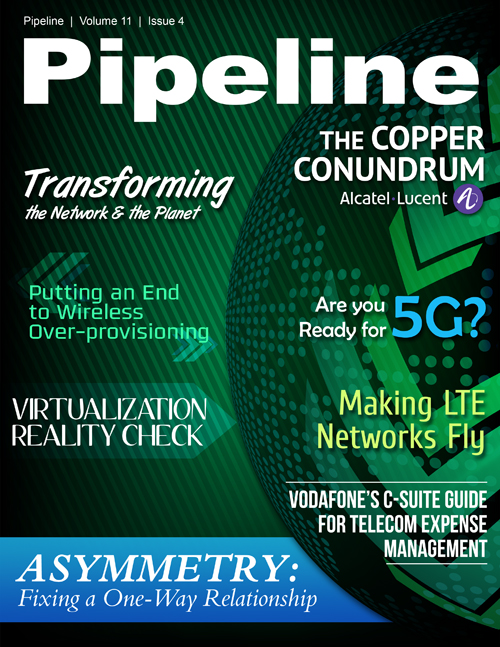Are you Ready for 5G?
Warren said, "I don't buy into the drive towards it. A lot of the technology we have heard about is being lumped into 5G because it's cool and sexy. NFV and SDN are design options and can be used in 2G, 3G and LTE networks. When it comes to requirements about densification and power efficiency, these are not new and apply to any generation."
He argued that, in the race towards 5G, the industry was forgetting about the problems of coverage in existing 4G networks.
Warren added, "Only six percent are connected through an LTE network. That will be 28 percent by 2020. To get to that point, the expectation is that will be driven by a CAPEX of $1.17 trillion. Do we really want to commit to another round of CAPEX on 5G?"
Warren sat in the minority on the panel, with Ralf Irmer, Senior Manager at Vodafone, arguing 5G was critical for driving better reliability and better latency in networks.
Paul Ceely, EE's Head of Network Strategy, said one of the main 5G use cases would be for industrial and professional use, whether it is logistics or in transport.
He said the ever-growing customer expectations surrounding connectivity is only going to get more demanding. "People will expect ultra reliable networks and that might drive the complete re-architecture of a network."
The opportunity of rethinking how a network operates also affected the thinking in a separate panel. Sharam Niri, General Manager of the 5G Innovation Centre at the University of Surrey, commented, "I think 5G is an opportunity for the entire telco industry to revisit and rethink many aspects of the technology. Like how do we allocate and use spectrum. If we play this right this could define a new era of broadband communication."
According to Vodafone's Irmer, the opportunity of 5G was akin to being able to sit down with a blank sheet of paper and work out what companies want from their network.
However, Warren said despite the hopes that 5G could revolutionize the industry, there was a danger of forgetting what came before.
He commented: "Unless you are able to deploy 5G everywhere, you need to have 2G, 3G and 4G interoperability and fall back because you would have places where services don't work anymore."
While the talk was of professional and industrial use cases, discussions around exactly what the killer app of 5G would be continued to be vague.
However, as was noted on stage, the telecoms industry has not had a lot of success in saying what the best use case of new technology would be.
As Niri said, "We designed 3G for video telecommunication and it never really happened."
Becoming a 5G "Prepper"
Ultimately, 5G is about the way networks interrelate and the customer experience they deliver. To that end, a network must be designed with the future in mind. The future isn’t one network but many; a loosely-affiliated grouping of provider partners whose hardware can be dynamically utilized through virtualization technologies. This is why a strategy based on NFV and SDN is paramount. Similarly, heterogeneous networks, or HetNets, must be fully ironed out, and new access technologies like Wi-FI and satellite must be carrier grade. Carrier aggregation, a component of LTE-Advanced, will certainly play a role in 5G as well. By making the correct investments now, mobile service providers can both roll out 4G LTE and pave the way for the 5G future.


















